9 Public Domain Images to Cure Your Writer’s Block
Words By Delaney Heisterkamp
The public domain is a vast treasure trove and often-overlooked resource for the literary community. Where entrance fees and distance may create barriers to certain museums and literary resources, copyright-free material is always easily accessible on the internet. Retro is in, so why not riff off the past? We’ve gathered a collection of settings, characters, and other oddities to help get the brain juices flowing. Consider this list a quick intro to inspiring your pen and generating your own prompts in the future!
Setting
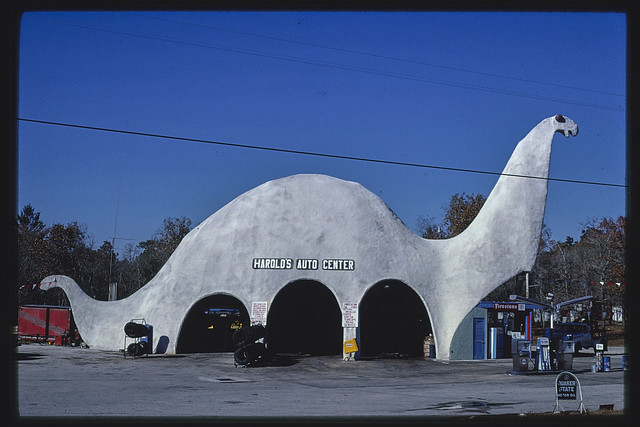
Who works here, and how did they get this job?
Your character sees this for the first time—describe the moment. Do they stop?
What is this town like?
What does the dinosaur see?
What happened here?

What place is this?
How do the creatures speak to one another? What do they say?
Do they exist? Do you?
What will happen here?
What histories surround this place?
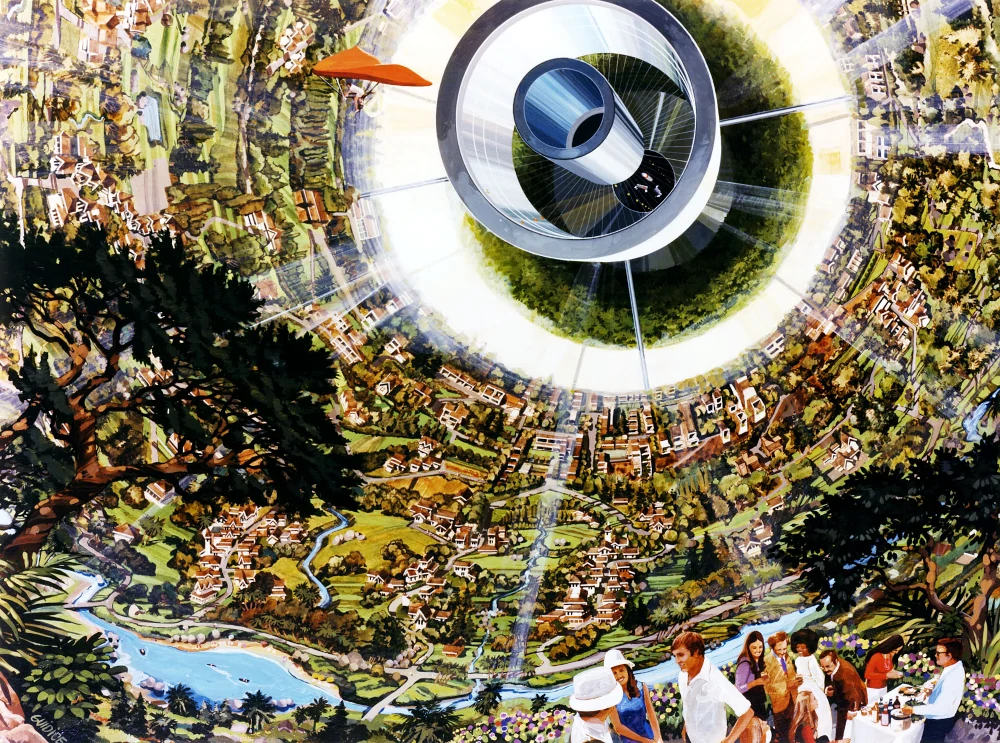
Who gets to live here? Who works here?
Who isn’t supposed to be here, and what are they doing?
What is hidden?
Where and when is this?
What haunts this place?
Character

Who is under that hat?
Where does this path lead?
Do you recognize who it is?
Where is this pair going? How do they feel about their destination?
When you take a second glance, something’s different. Do you say anything?
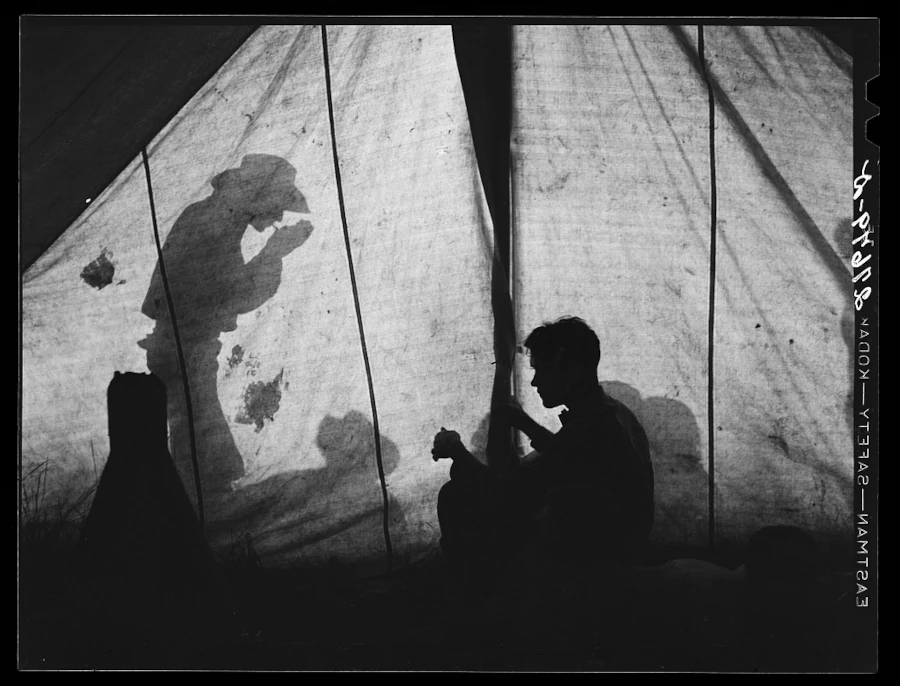
What story does the standing figure tell?
Who sits alone? What are they thinking?
What sounds can you hear?
Where have they pitched their tent?
Who is in love? Who is afraid? Who is planning something?
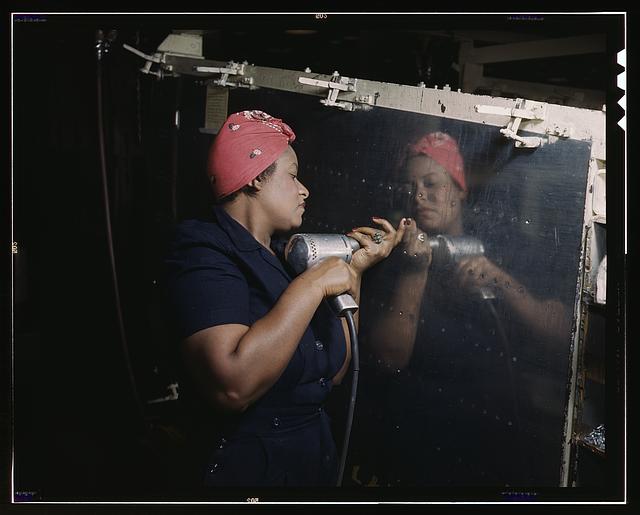
How was the commute this morning?
What else is she thinking about?
What is different about today?
Who is waiting for her?
What does she want?
Object
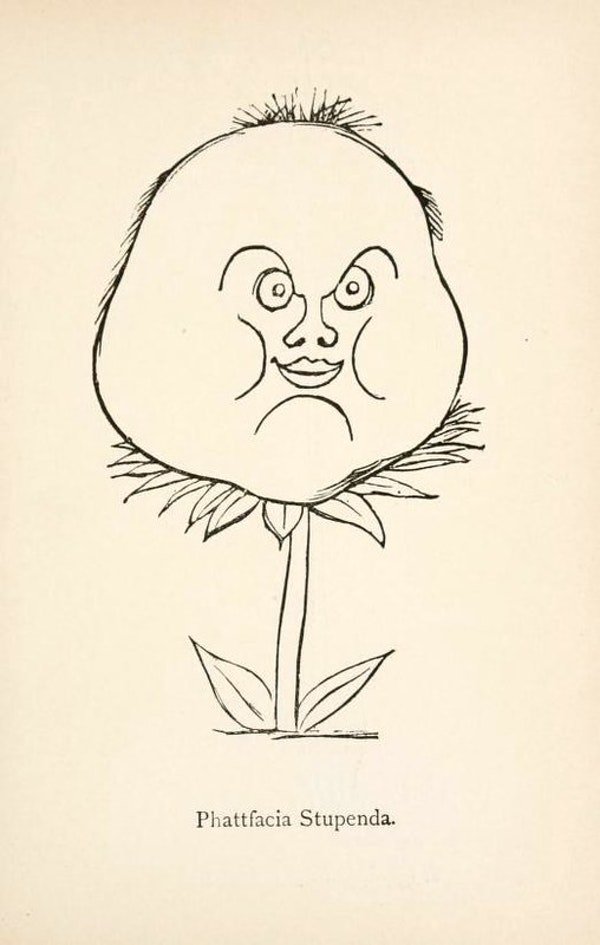
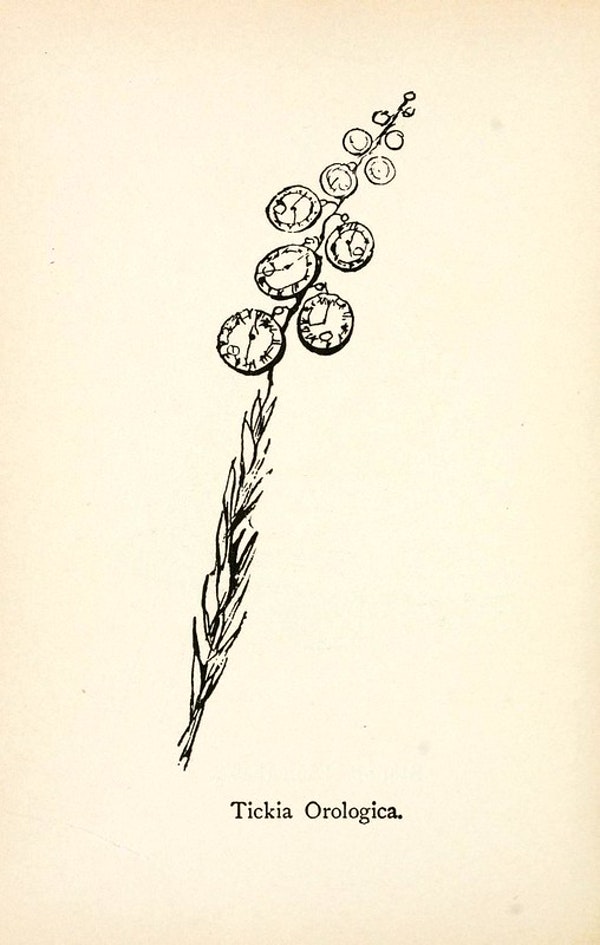
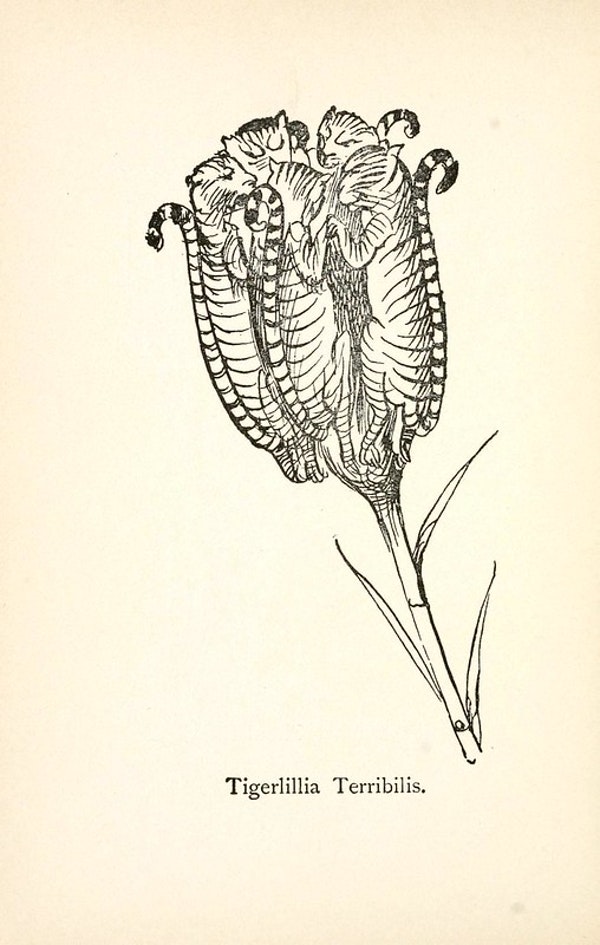
Where do these grow? A strange land? A greenhouse? A planet?
What kind of person grows plants like these?
What sounds do they make? Do they speak to you?
Pick one. Can you trust it?
Pluck one. What happens?

What does this structure do?
Where did it come from?
Do you understand it?
How does the photographer feel when they capture this shot?
What’s the last thing your narrator said to one of the figures?

Where are they headed?
What conversations can you hear?
What is the relationship between the conductor and the whale?
How much does the whale make, hourly?
Who wants to stop this bus, and why?
Further Resources
If places like Wikimedia Commons or the Library of Congress seem overwhelming, never fear! There are plenty of other spaces, such as the Public Domain Review, willing to aggregate the weird and wonderful of the public domain for you.
History is not an impartial or panoramic study—archives are shaped by the interests, intellect, and biases of those who decided what was valuable. It’s always important to consider, where is this coming from? What kind of person took this photo or made this drawing? What part of this do I use? What specific associations should I respect or be aware of?
You hold the pen now—the writing is up to you.